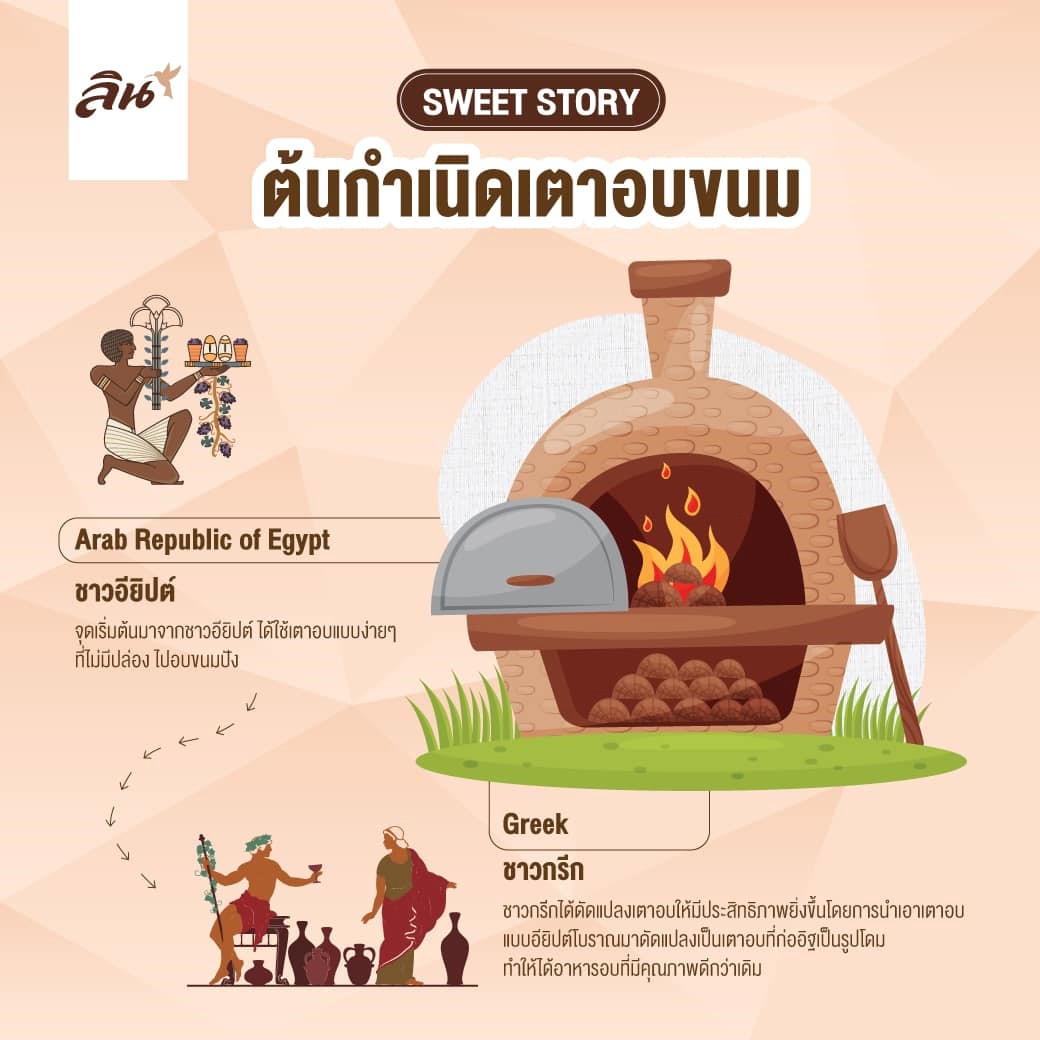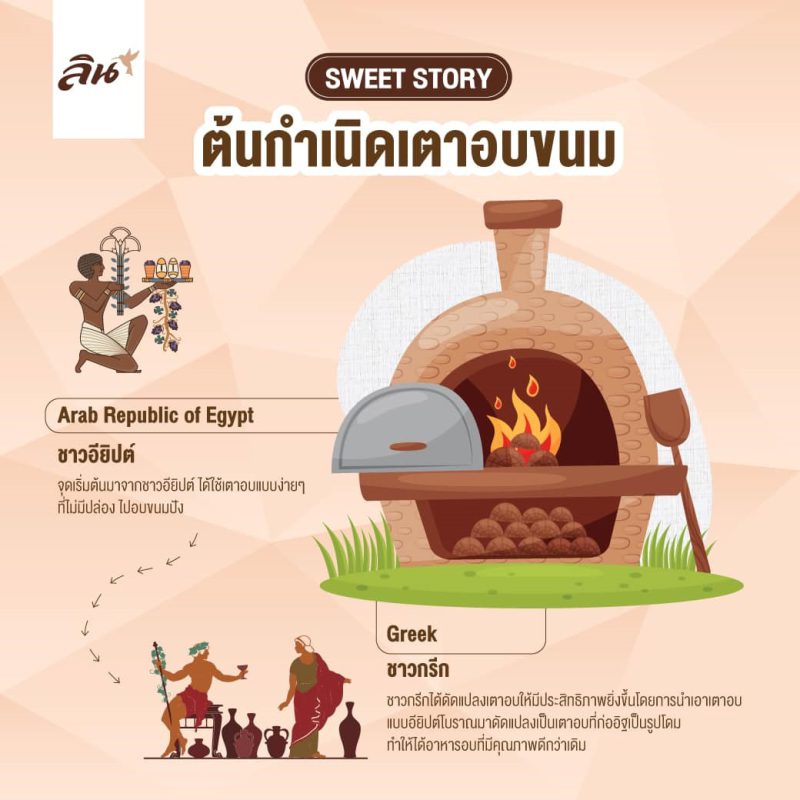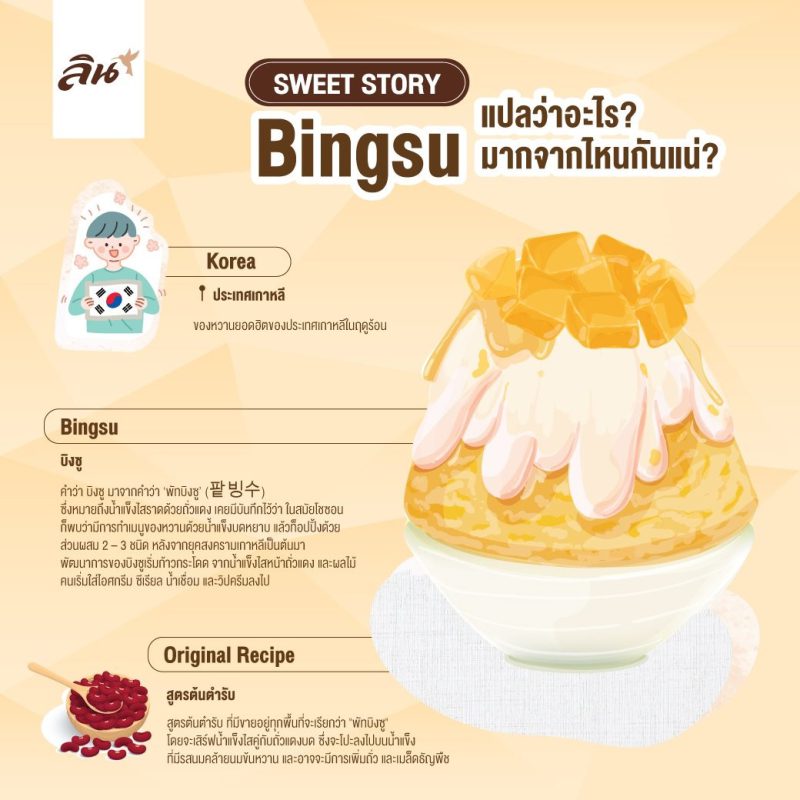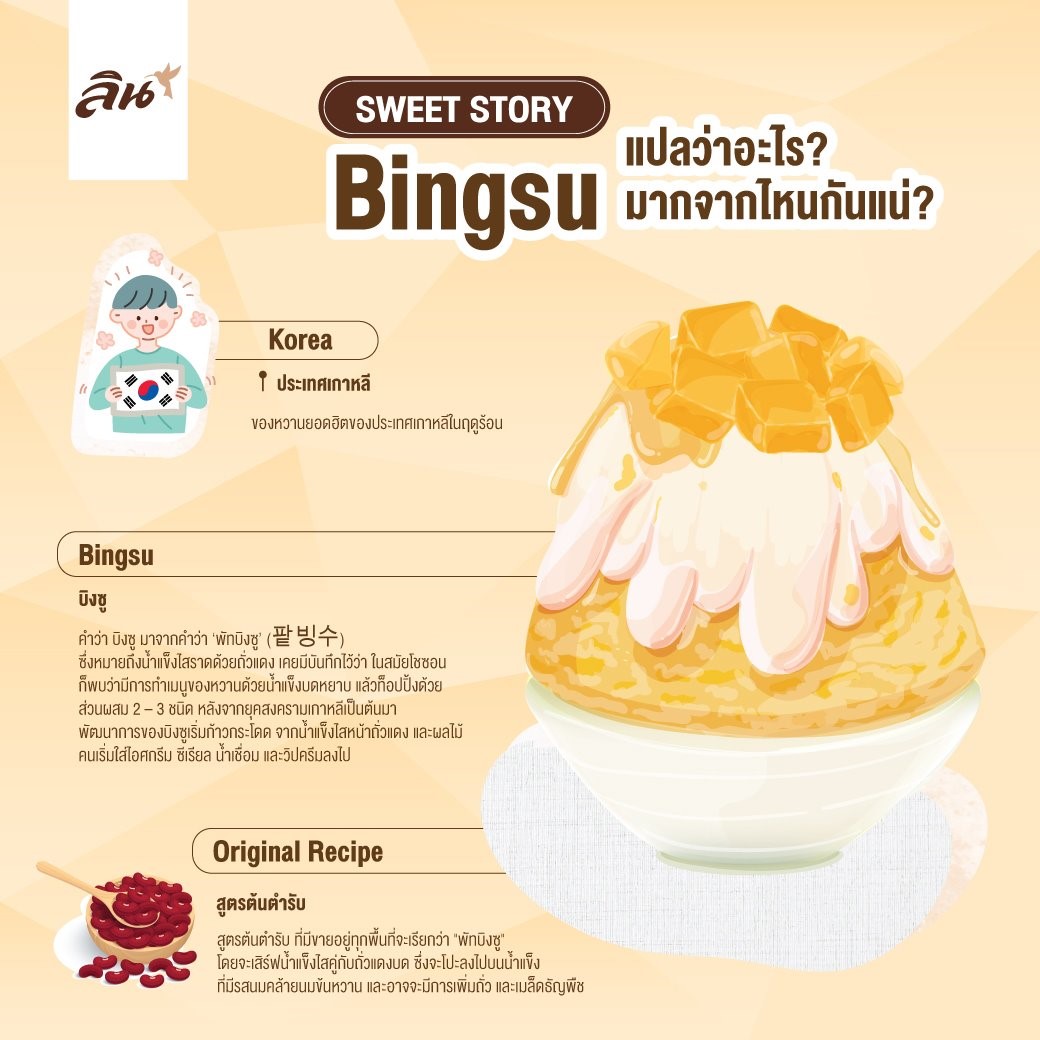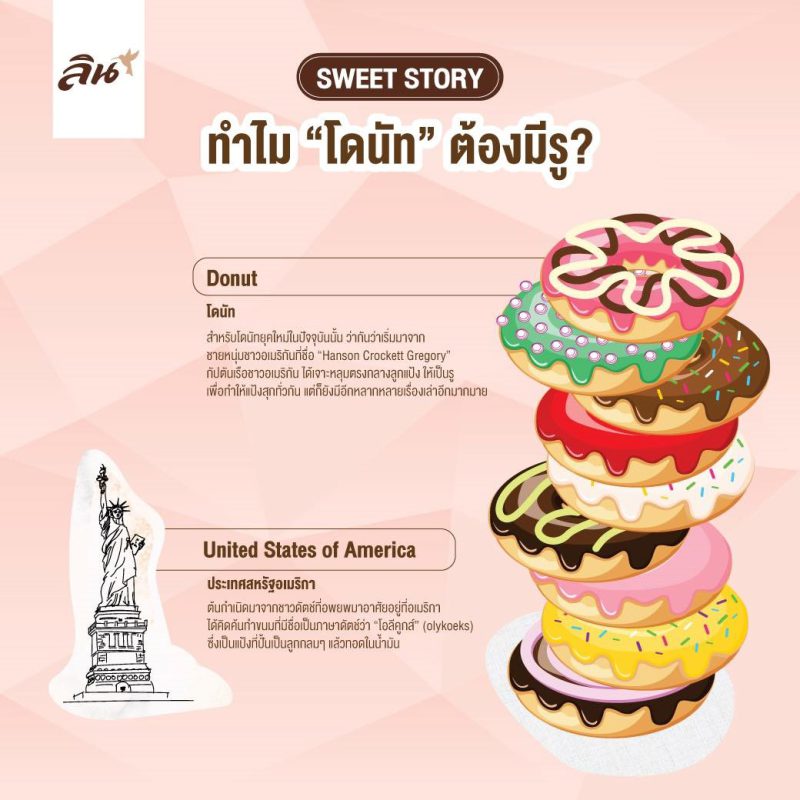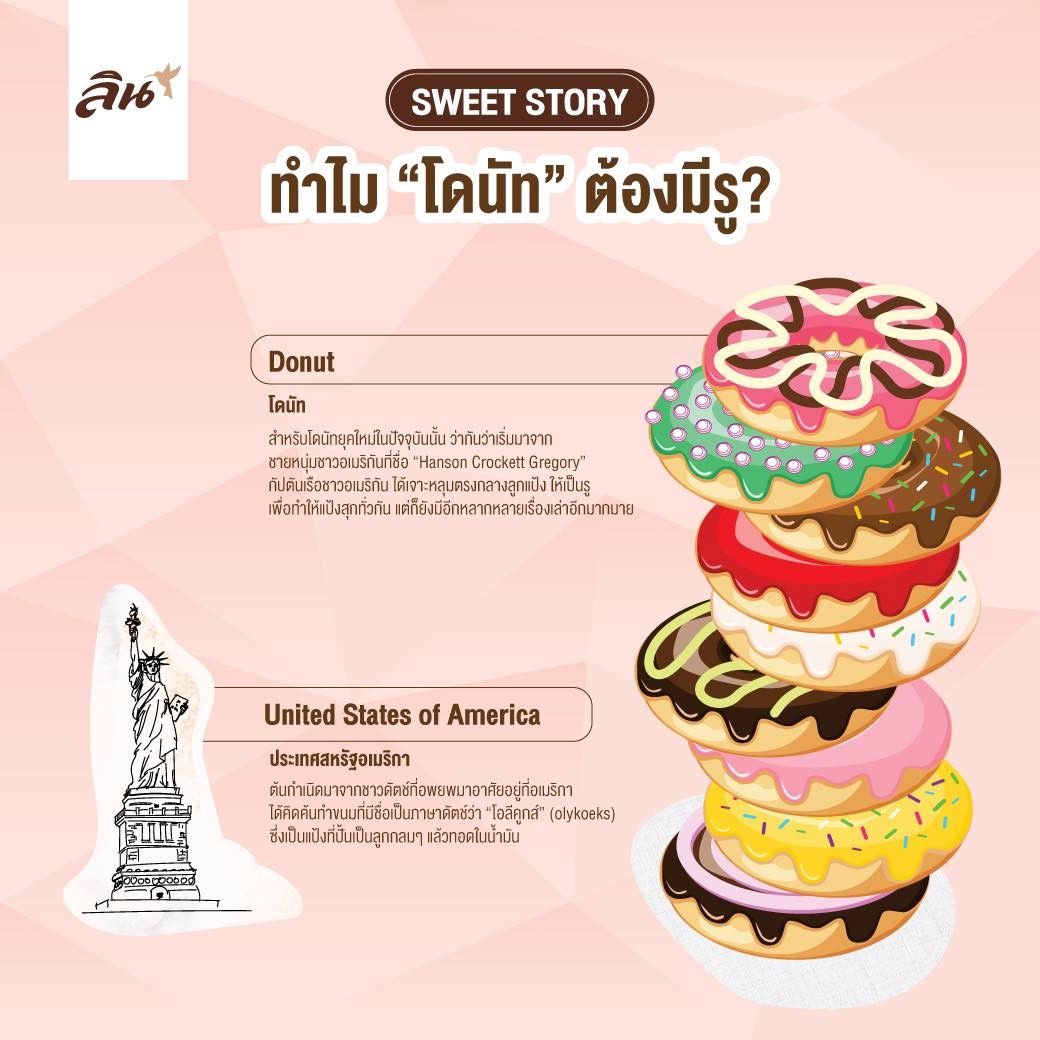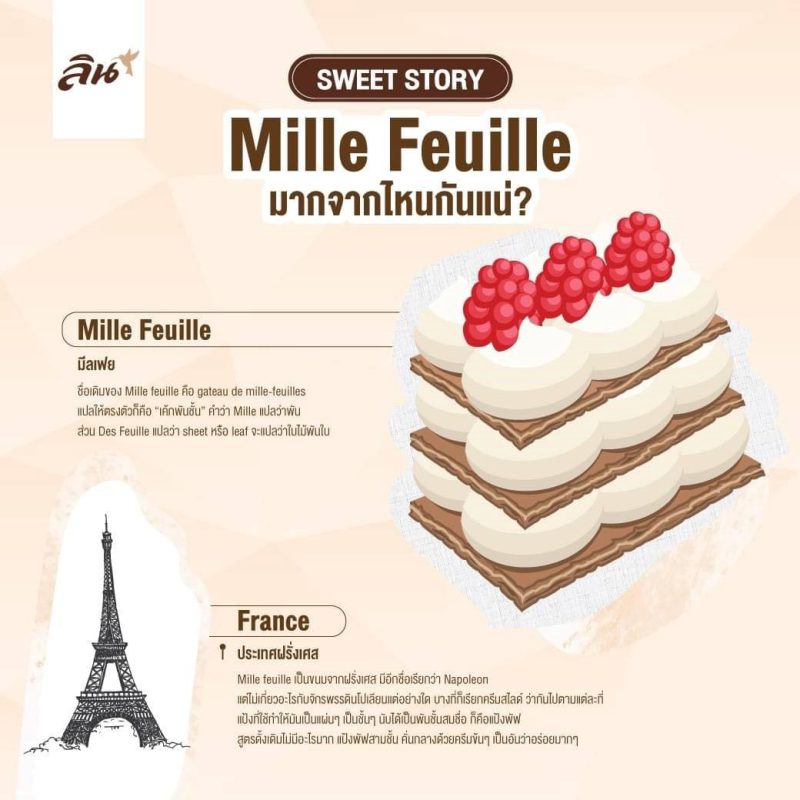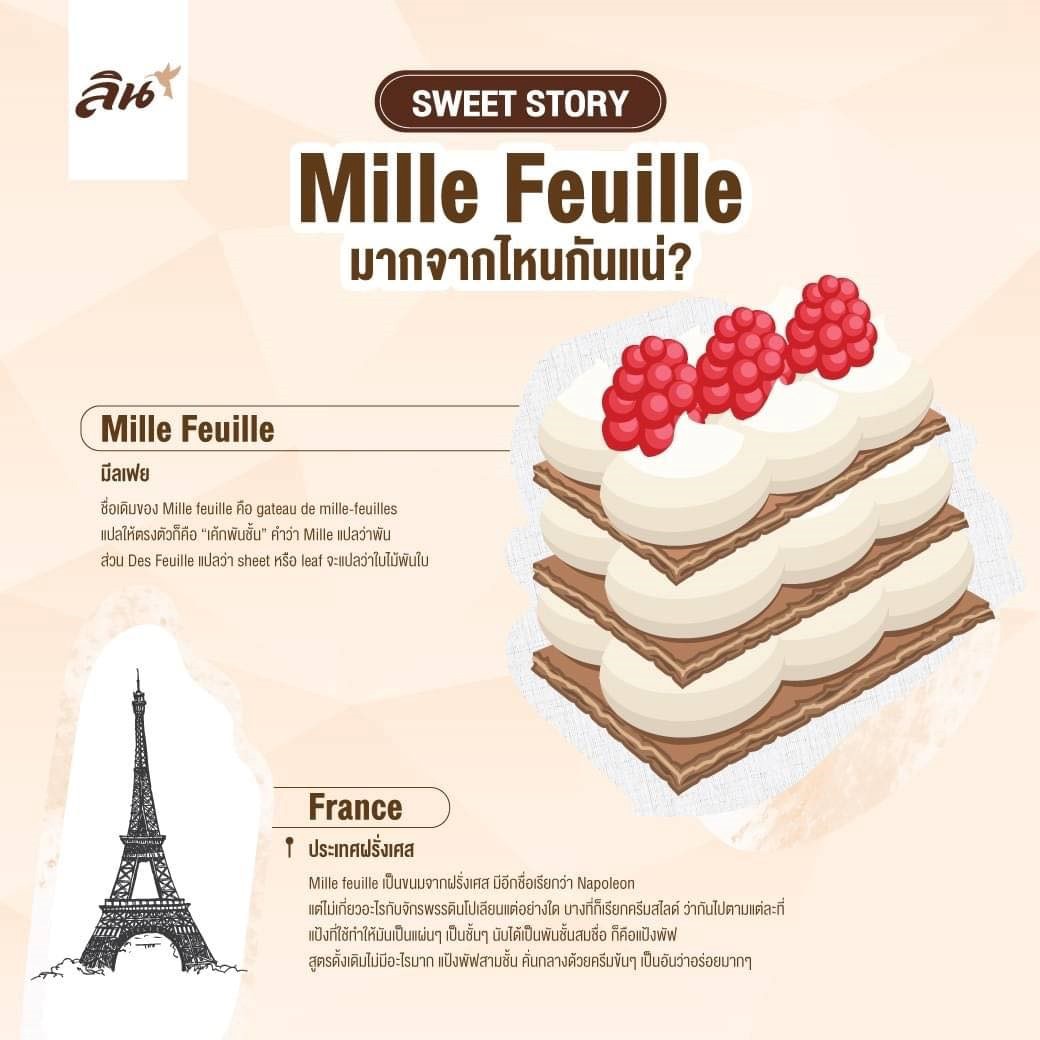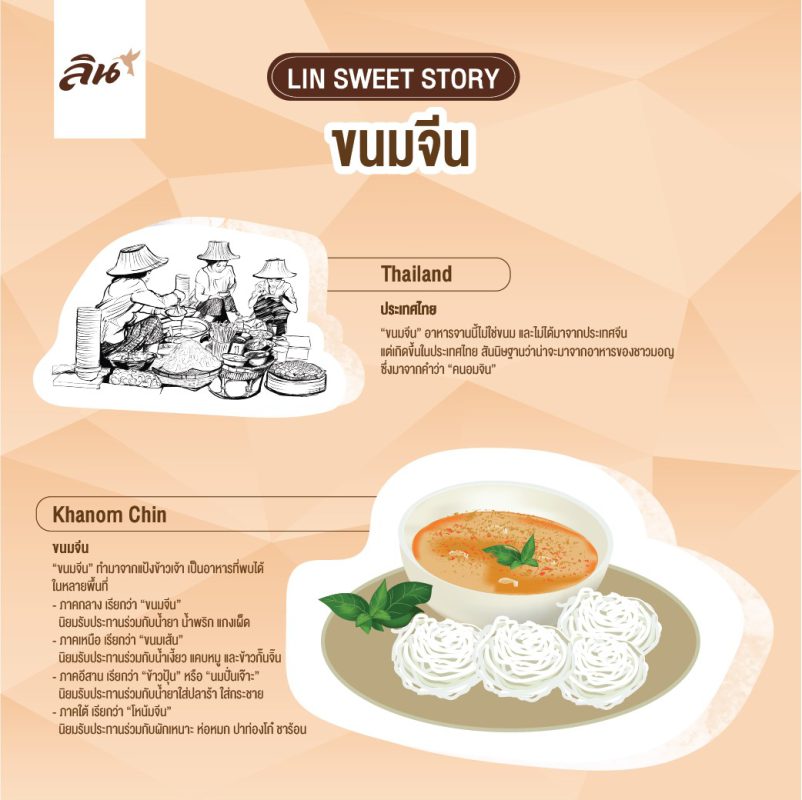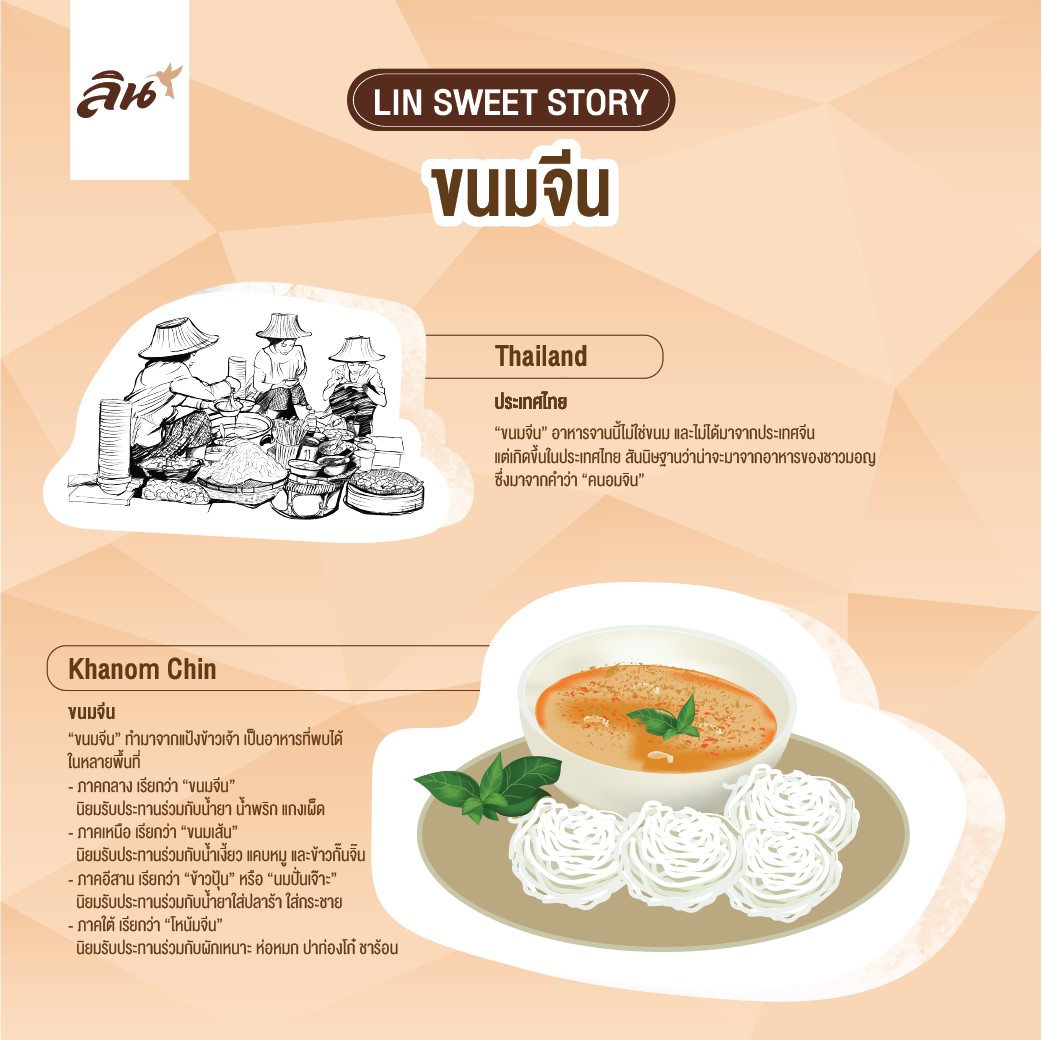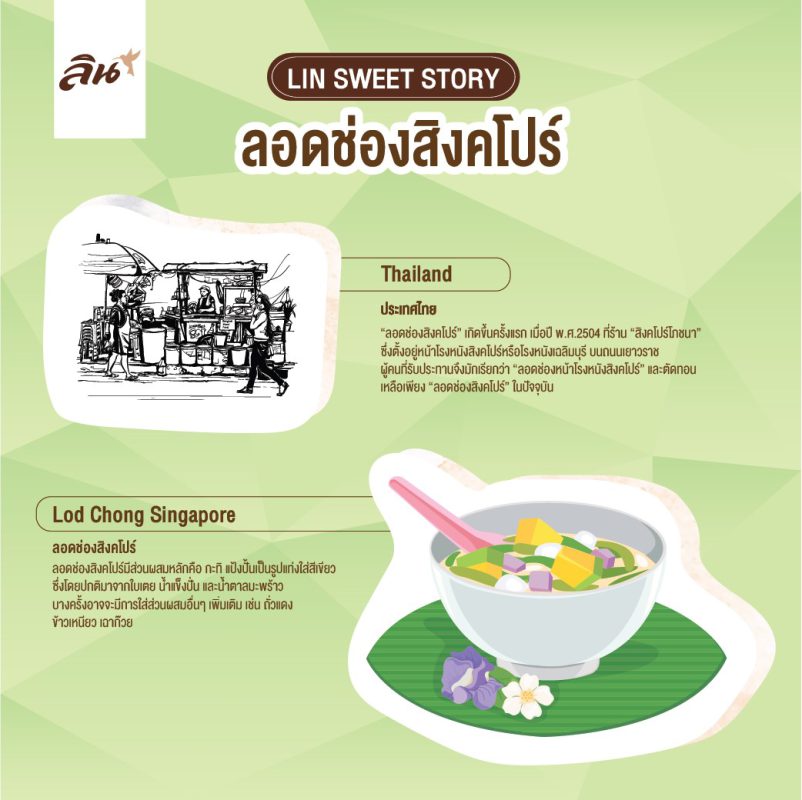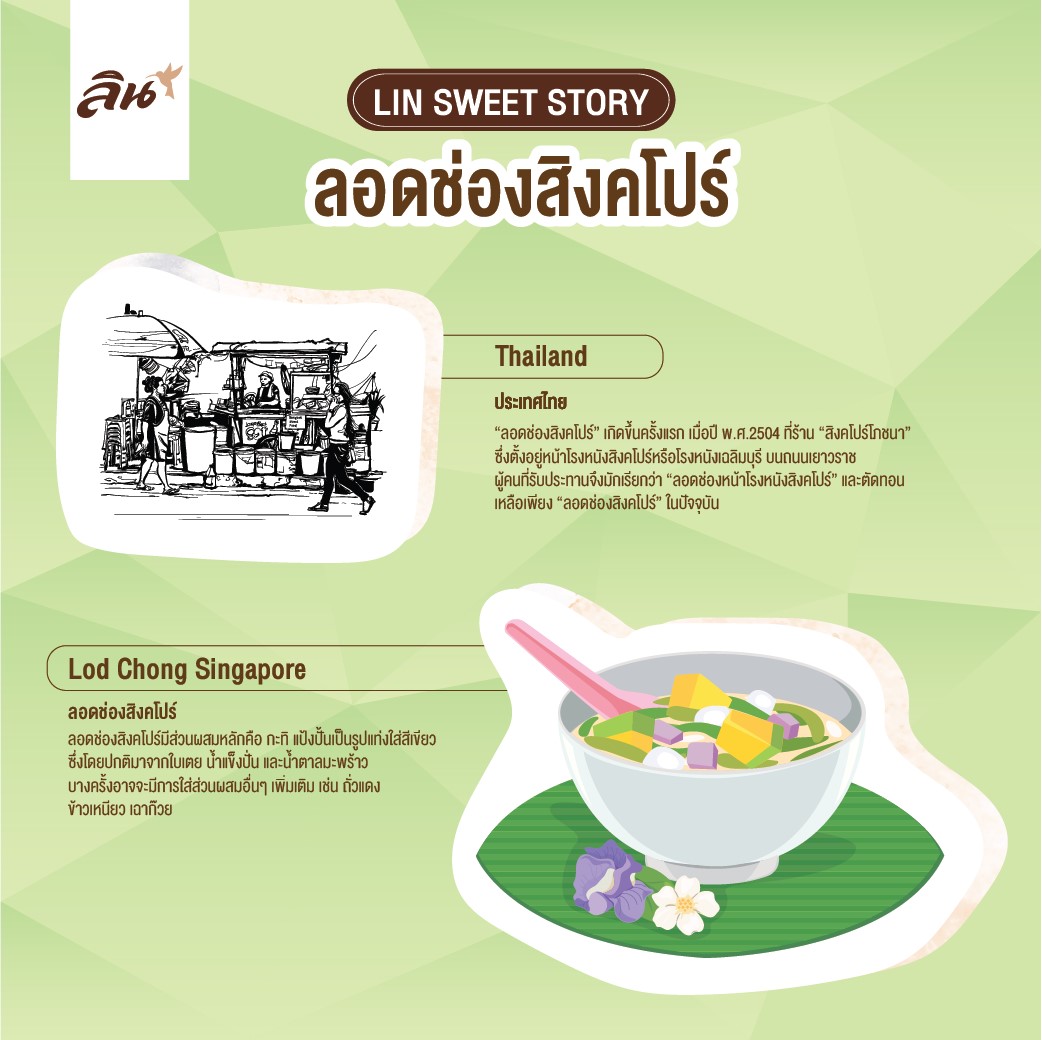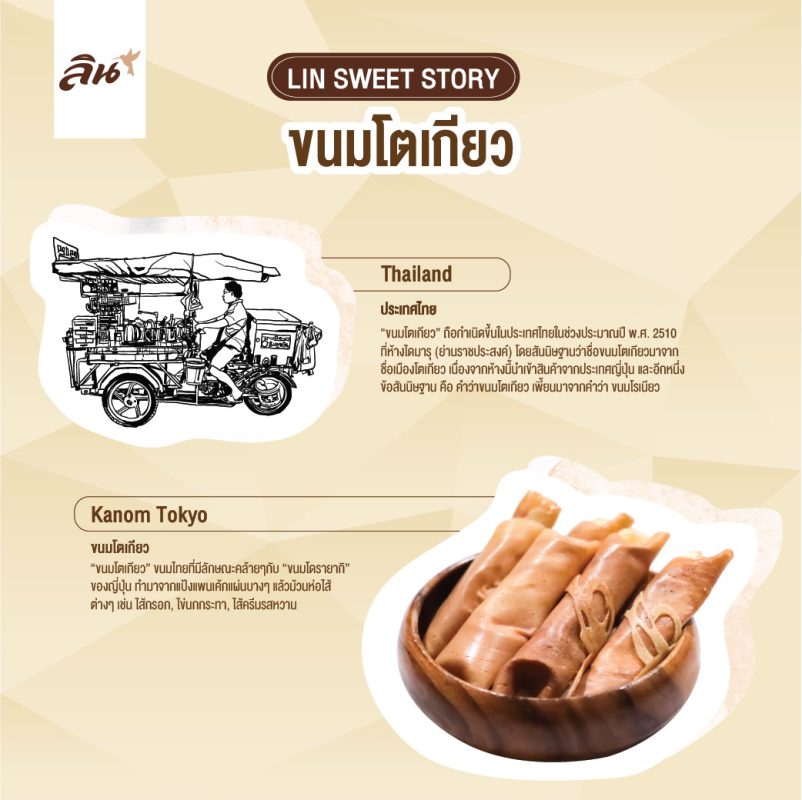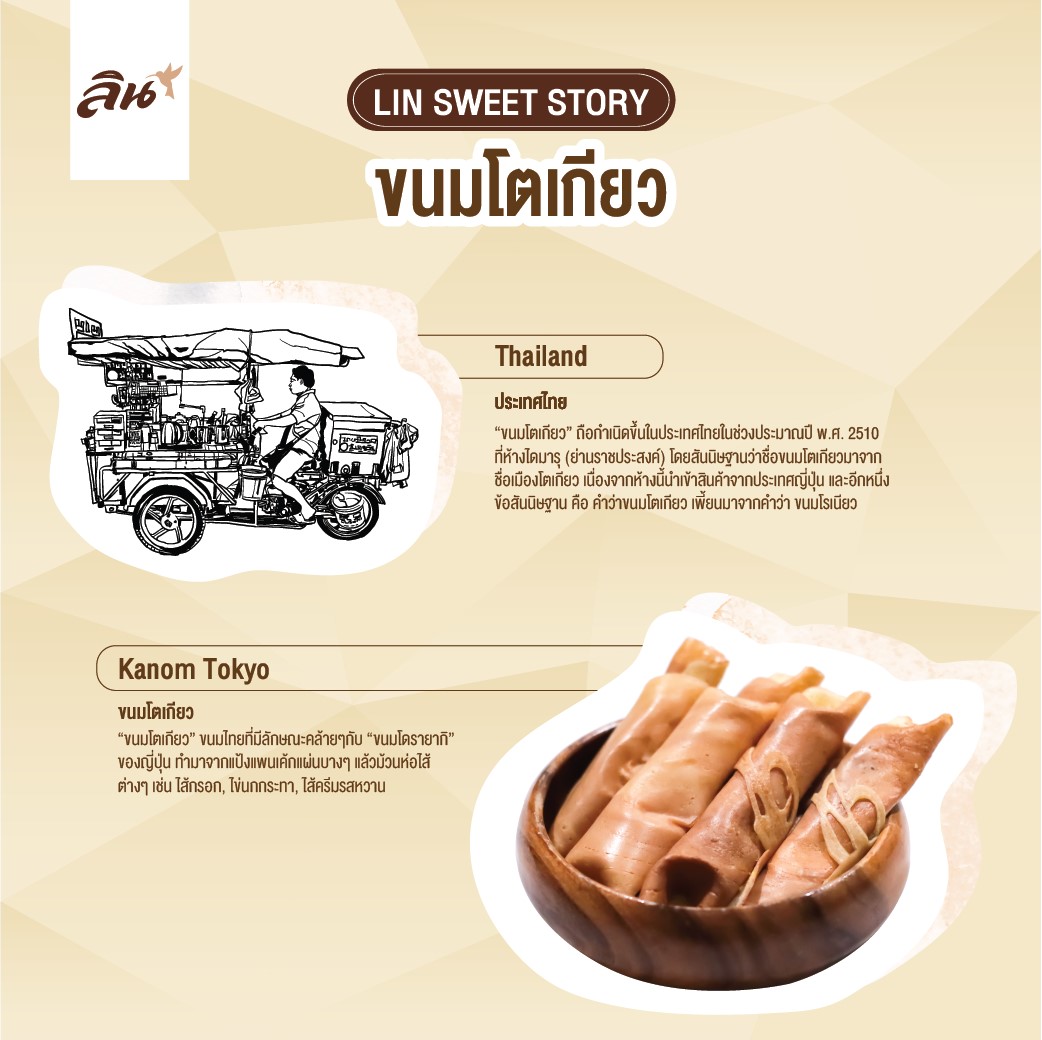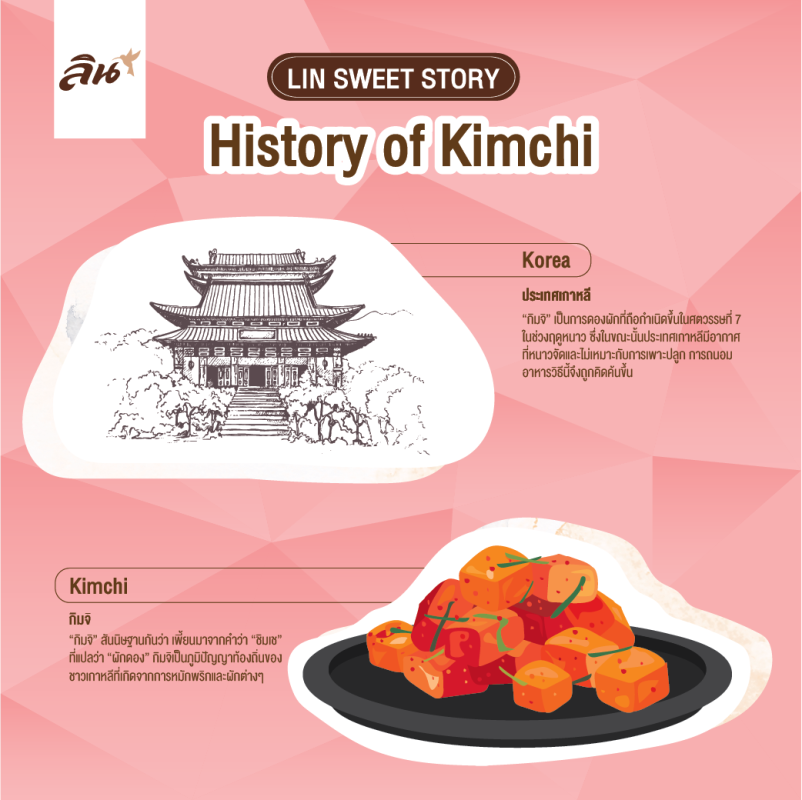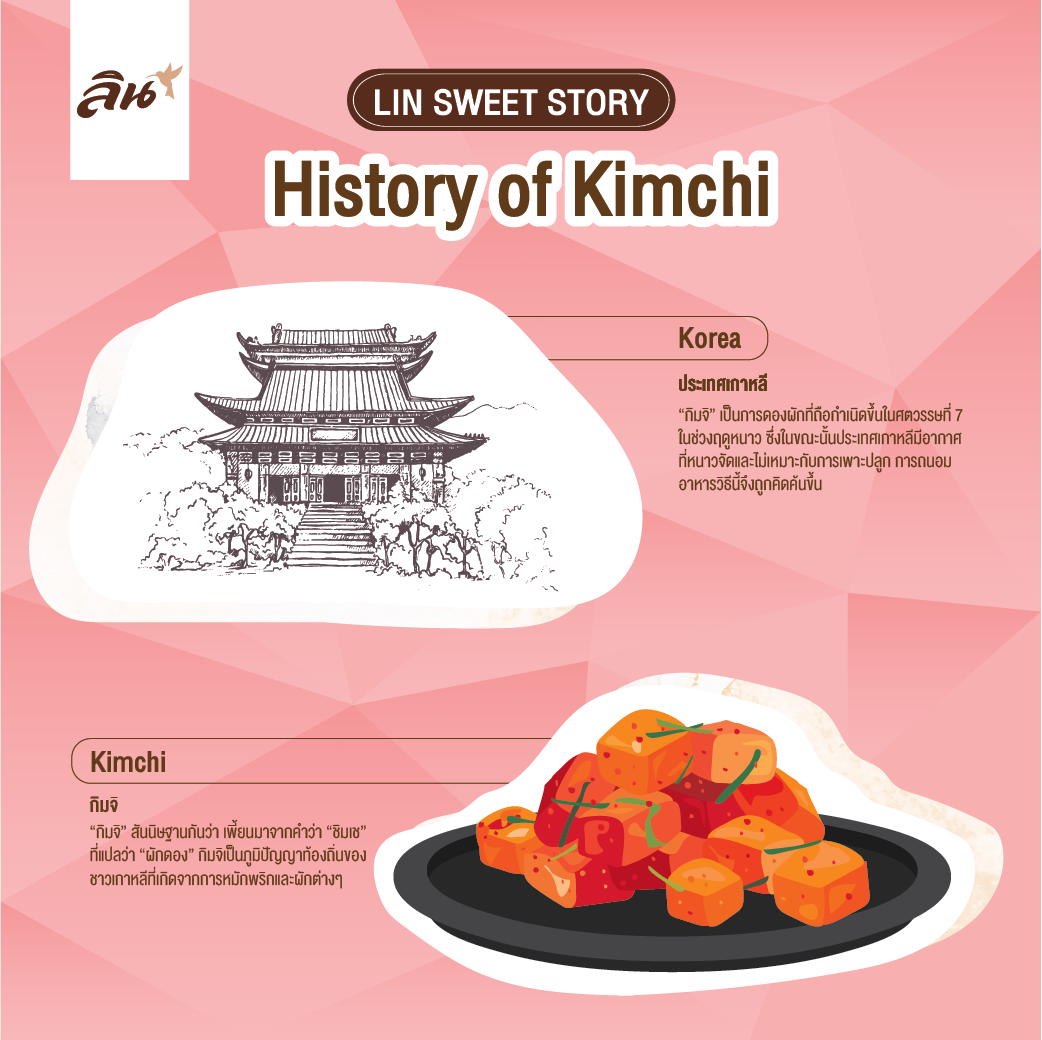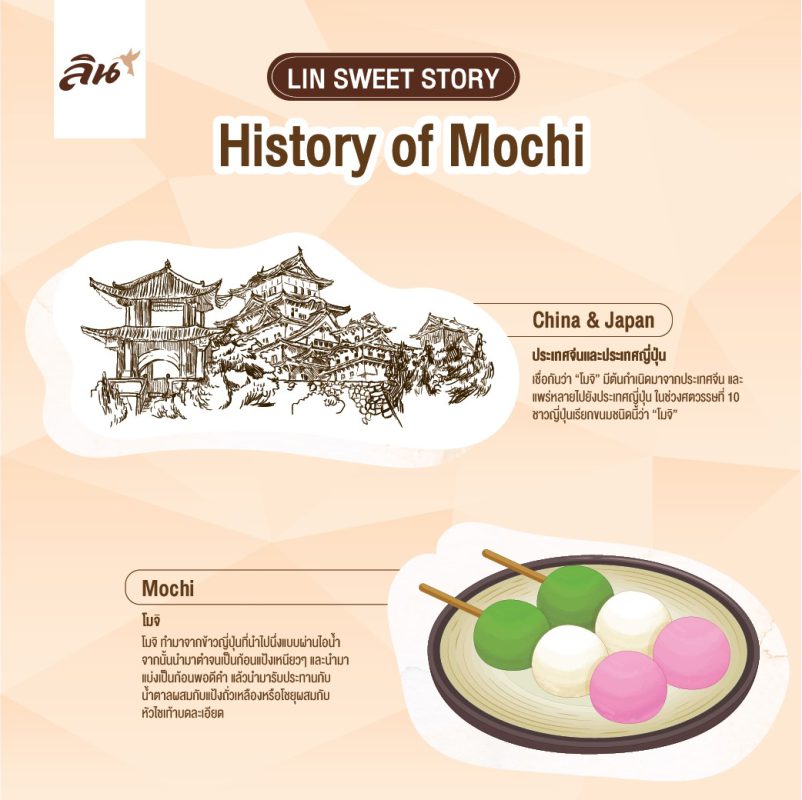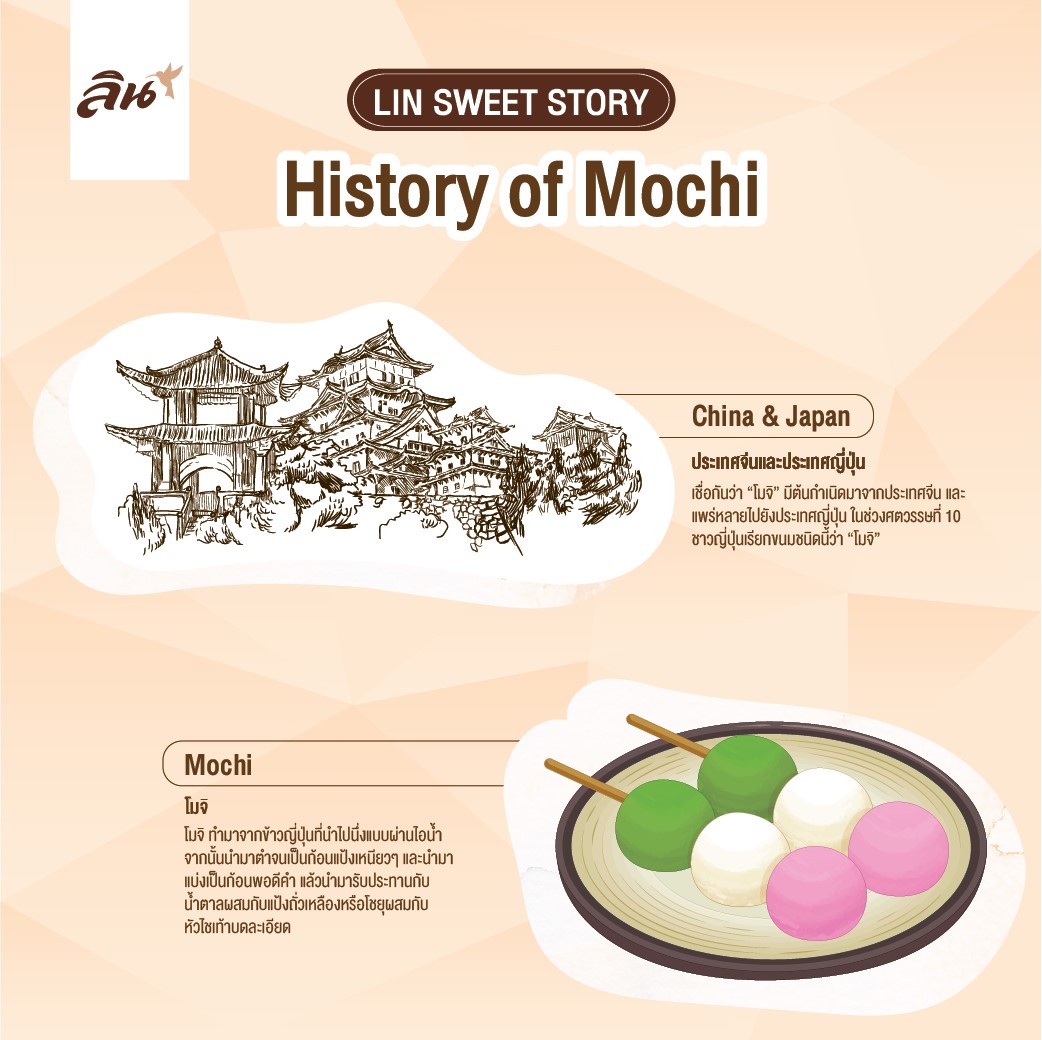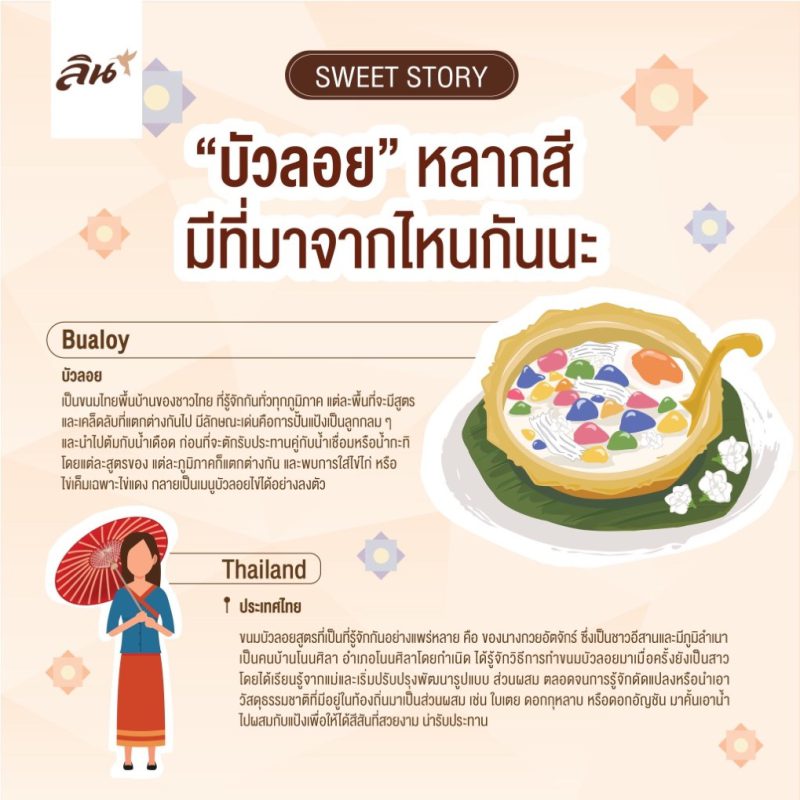Thai rice noodle
Lin Sweet Story
Thai rice noodle
Thailand
“Khanom Jeen” This dish is not a dessert and is not from China. But it happened in Thailand. It is assumed that it comes from the food of the Mon people. Which comes from the word “Khonomjin”
Thai rice noodle
“Khanom Jeen” is made from rice flour. It is a food found in many areas.
– The central region is called “Khanom Jeen”
Popularly eaten with fish curry sauce
– Northern region called “Khanom Sen”
It is popular to eat with Spicy sauce pork, Streaky pork with crispy crackling, and Kin Jin rice.
– In the northeastern region, it is called “Khao Pun” or “Nom Pun Joh”.
Popular to eat together with pickled fish sauce and finger root.
– Southern region called “Ho Nap Jeaw”
It is popular to eat together with Vegetables, steamed fish with curry paste, Patongko, and hot tea.
